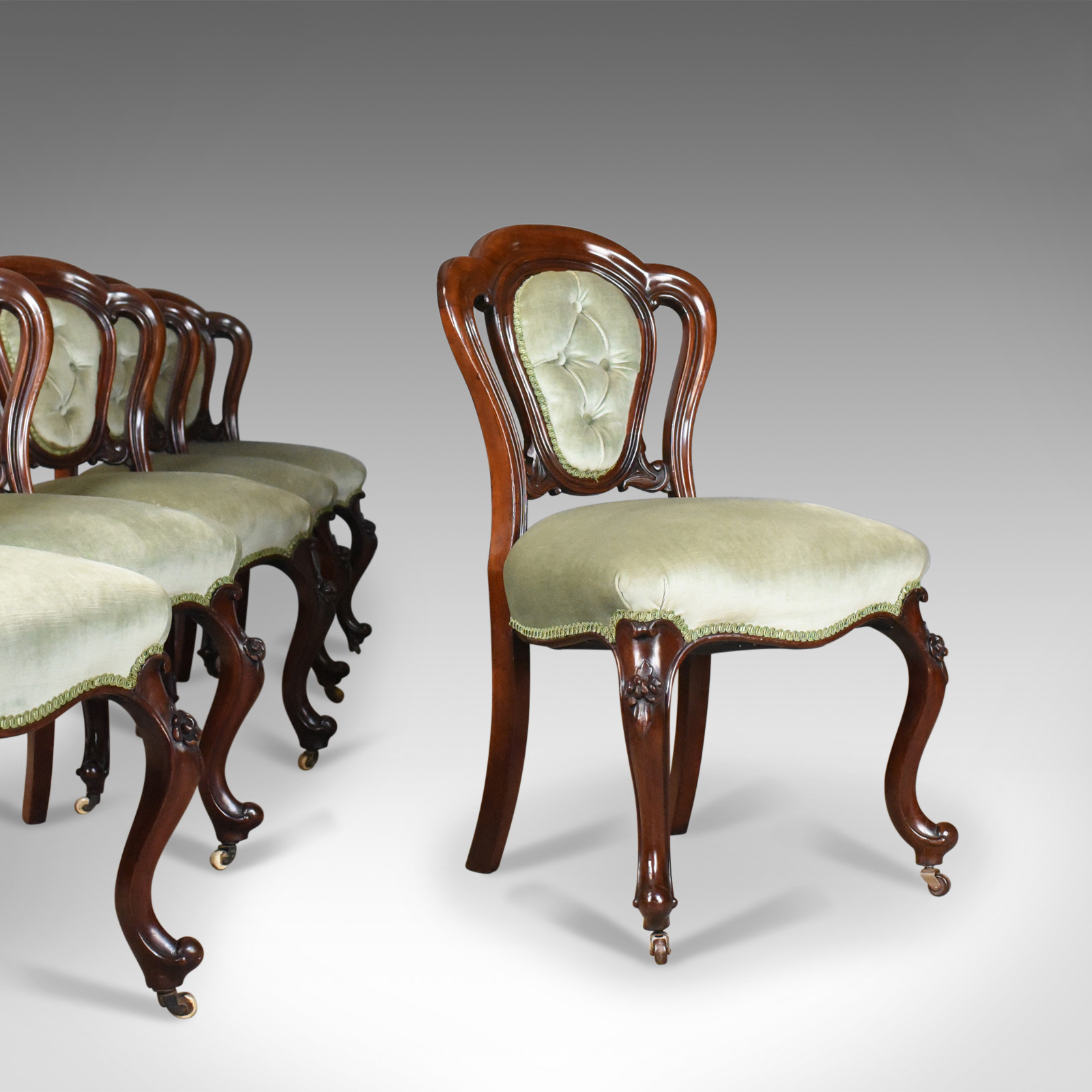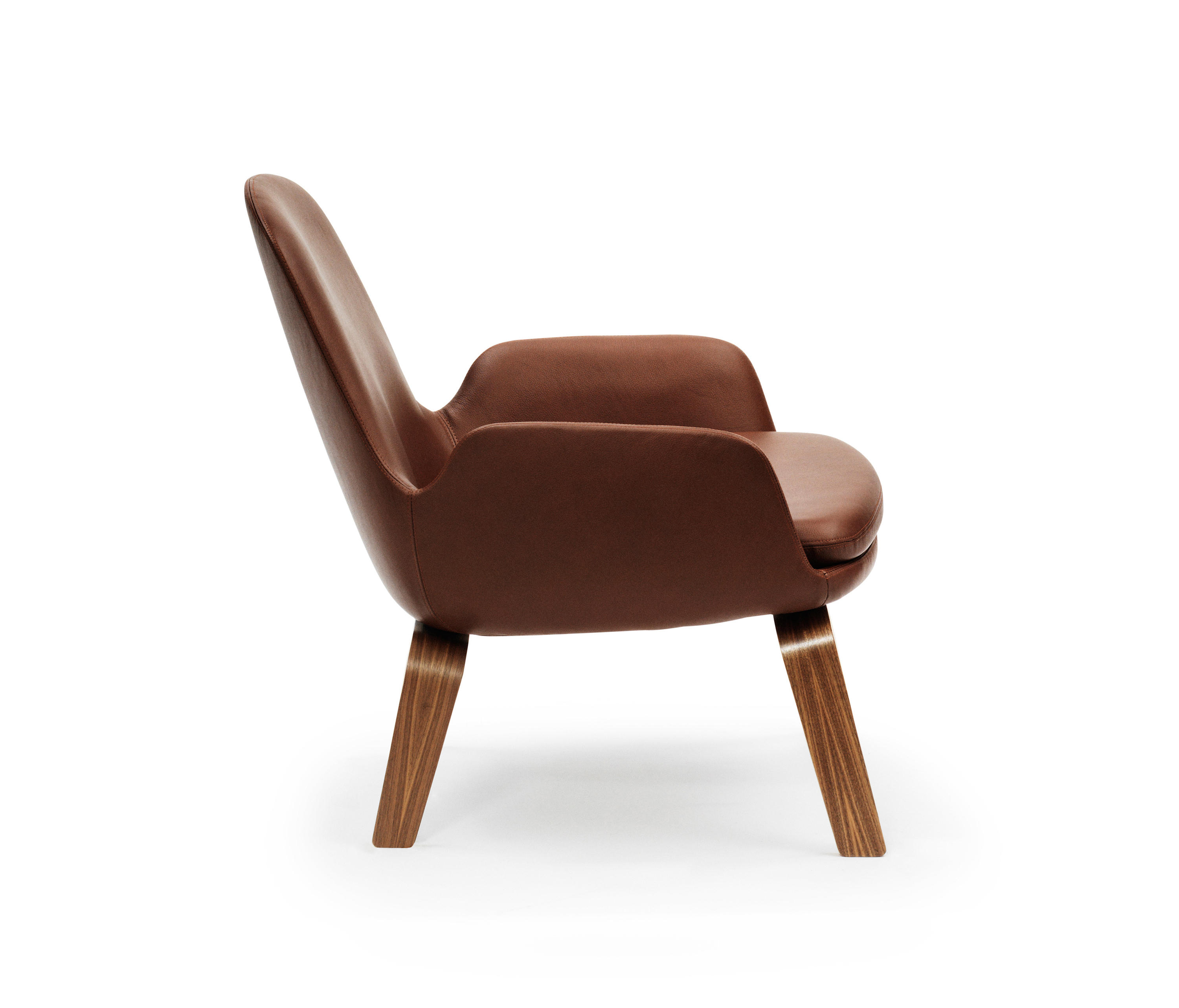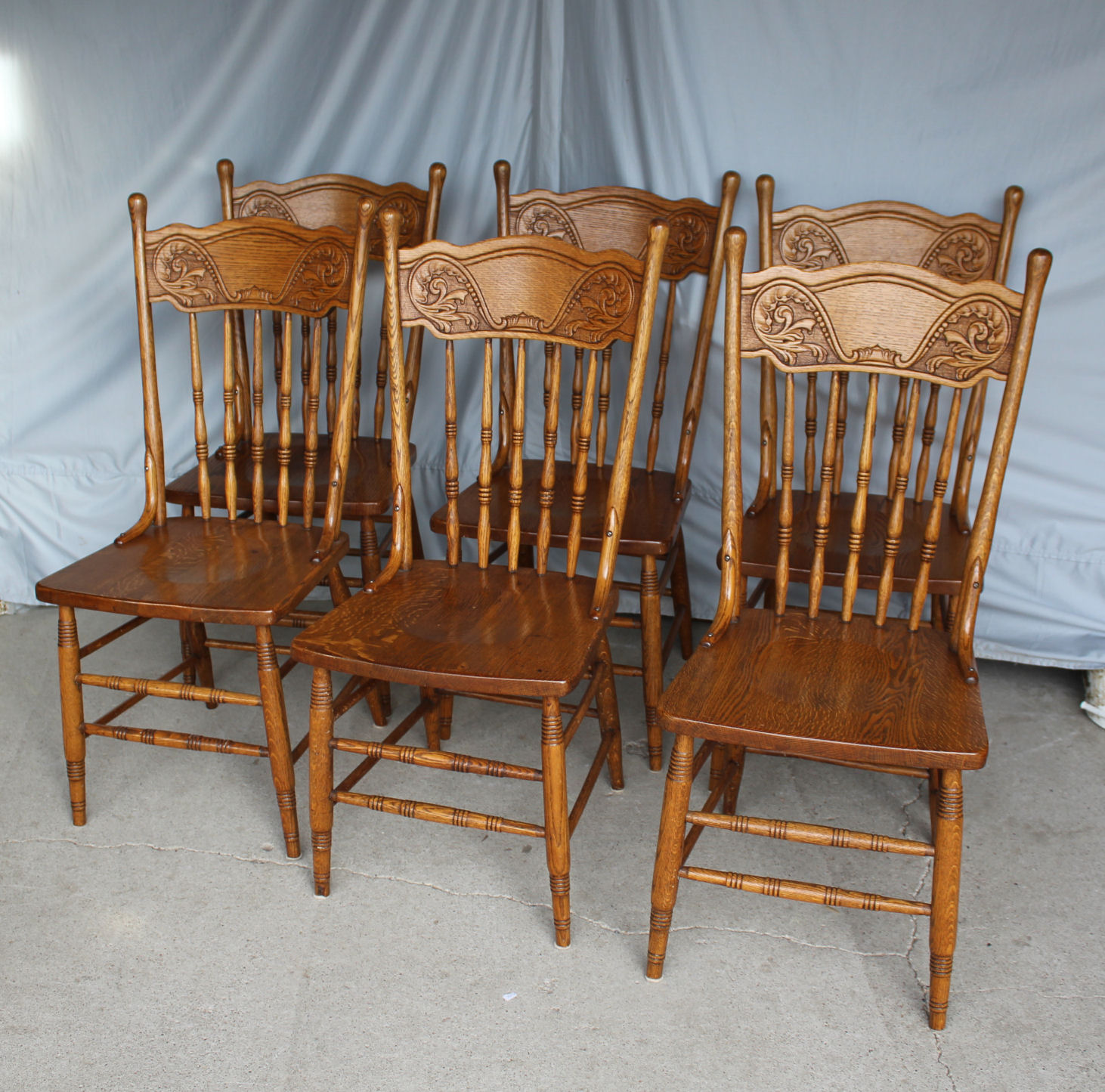History and Design Evolution of Vintage Low Back Chairs

The vintage low back chair, a timeless piece of furniture, has witnessed a captivating evolution in design and construction over centuries. From humble beginnings to sophisticated expressions of style, the low back chair has reflected changing tastes, materials, and manufacturing techniques. Its journey offers a glimpse into the artistic and cultural landscapes of different eras.
Timeline of Significant Periods and Styles
The evolution of the low back chair can be traced through distinct periods, each marked by characteristic styles and innovations.
- 18th Century: The Rococo period, known for its elegance and ornate details, introduced the “bergère” chair, a low-backed, upholstered armchair with a curved back and rolled arms. This style became popular in France and spread across Europe, influencing chair design for generations to come.
- 19th Century: The Victorian era witnessed a resurgence of interest in traditional styles, often featuring elaborate carvings and upholstery. The “Windsor chair,” with its distinctive turned legs and simple, low back, emerged as a popular choice for both homes and public spaces.
- Early 20th Century: The Art Nouveau movement, characterized by its flowing lines and organic forms, influenced chair design with the introduction of “whiplash” curves and intricate floral motifs.
- Mid-20th Century: The rise of Modernism led to a focus on functionality and simplicity. The “Barcelona chair,” designed by Mies van der Rohe and Lilly Reich, epitomized this style with its sleek, minimalist form and leather upholstery.
- Late 20th Century: The postmodern movement embraced a playful and eclectic approach to design, incorporating elements from various historical periods. This era saw a revival of interest in vintage styles, including the low back chair.
Materials Used in Different Eras
The materials used in low back chair construction have evolved alongside design aesthetics.
- Wood: Oak, mahogany, walnut, and cherry were favored woods in the 18th and 19th centuries, prized for their durability and rich grain patterns. The introduction of mass production in the 20th century led to the use of more affordable woods like pine and birch.
- Upholstery: Early chairs were often upholstered in leather, silk, or velvet. The invention of the sewing machine in the 19th century facilitated the use of more affordable fabrics like cotton and linen. In the mid-20th century, innovative materials like foam rubber and synthetic fabrics emerged, offering comfort and durability.
- Metalwork: Metal was initially used sparingly in chair construction, often for decorative elements. The development of metal fabrication techniques in the 20th century allowed for the use of steel and aluminum in chair frames, offering strength and lightness.
Evolution of Design Aesthetics
The evolution of low back chair design reflects a continuous dialogue between tradition and innovation.
- Traditional Styles: Early low back chairs emphasized craftsmanship and decorative details, often featuring ornate carvings, intricate upholstery, and elegant proportions. These styles were rooted in historical traditions and reflected the craftsmanship of the time.
- Modern Interpretations: The 20th century witnessed a shift towards functionality and simplicity in design. Modern low back chairs often featured clean lines, minimalist forms, and innovative materials. These designs emphasized comfort and efficiency, reflecting the changing values of the time.
Prominent Designers and Their Contributions
Several designers have made significant contributions to the evolution of the vintage low back chair.
- Mies van der Rohe: Known for his minimalist approach to design, van der Rohe’s Barcelona chair (1929) is a prime example of the modern low back chair. Its sleek, chrome-plated steel frame and leather upholstery embody the principles of functionality and elegance.
- Charles Eames: Eames, along with his wife Ray, revolutionized furniture design with their innovative use of materials and techniques. Their Eames Lounge Chair (1956), with its distinctive molded plywood shell and leather upholstery, became an iconic example of mid-century modern design.
- Arne Jacobsen: Jacobsen’s Egg Chair (1958) is a classic example of Scandinavian design, characterized by its organic form, comfort, and attention to detail. The chair’s distinctive shape and plush upholstery offer a sense of privacy and tranquility.
Popular Vintage Low Back Chair Styles

Vintage low back chairs are a testament to the enduring appeal of classic design, often showcasing craftsmanship and timeless elegance. They represent a diverse range of styles, each reflecting the aesthetic and cultural trends of their respective eras. These chairs have graced homes, offices, and public spaces, offering both comfort and visual interest.
Popular Vintage Low Back Chair Styles
A diverse array of vintage low back chair styles emerged throughout the 20th century, each with its unique characteristics and enduring appeal. Here’s a closer look at some of the most popular styles:
- Art Deco: Characterized by geometric patterns, sleek lines, and luxurious materials like chrome, leather, and exotic woods. The use of bold colors and contrasting textures added to the Art Deco aesthetic. The chairs often featured curved backs and armrests, creating a sense of both elegance and comfort.
- Notable Chairs:
- The “Barcelona Chair” by Mies van der Rohe and Lilly Reich, a masterpiece of modern design, embodies the Art Deco style with its sleek chrome frame and plush leather upholstery.
- The “Cesca Chair” by Marcel Breuer, known for its bentwood construction and cantilevered design, represents a more streamlined interpretation of Art Deco.
- Notable Chairs:
- Mid-Century Modern: This style, popular in the 1950s and 1960s, emphasized simplicity, functionality, and clean lines. It often incorporated natural materials like wood, leather, and fabric, and embraced a minimalist aesthetic.
- Notable Chairs:
- The “Eames Lounge Chair and Ottoman” by Charles and Ray Eames, a timeless design that combines comfort and elegance, exemplifies the Mid-Century Modern style.
- The “Panton Chair” by Verner Panton, a revolutionary design that featured a single, continuous piece of plastic, showcases the innovative spirit of Mid-Century Modern design.
- Notable Chairs:
- Scandinavian: This style, originating in Scandinavia in the mid-20th century, is known for its clean lines, simplicity, and use of natural materials like wood and leather. It emphasizes functionality and comfort, creating a warm and inviting atmosphere.
- Notable Chairs:
- The “Egg Chair” by Arne Jacobsen, a classic example of Scandinavian design, features a unique egg-shaped shell that provides both privacy and comfort.
- The “Wishbone Chair” by Hans J. Wegner, known for its distinctive Y-shaped backrest and simple design, embodies the Scandinavian emphasis on functionality and natural materials.
- Notable Chairs:
- Victorian: Victorian-era chairs often featured ornate carvings, plush upholstery, and elaborate designs. They were often made from mahogany, walnut, or rosewood and often featured intricate details like floral motifs and animal figures.
- Notable Chairs:
- The “Morris Chair” by William Morris, a classic example of Victorian design, features a high back and comfortable seat, often with a built-in footrest.
- The “Chippendale Chair,” known for its intricate cabriole legs and carved backrests, represents a more ornate style of Victorian design.
- Notable Chairs:
Key Differences in Design and Functionality
| Style | Origin | Materials | Defining Features |
|---|---|---|---|
| Art Deco | 1920s-1930s | Chrome, leather, exotic woods | Geometric patterns, sleek lines, bold colors, contrasting textures, curved backs and armrests. |
| Mid-Century Modern | 1950s-1960s | Wood, leather, fabric | Simplicity, functionality, clean lines, minimalist aesthetic. |
| Scandinavian | Mid-20th century | Wood, leather | Clean lines, simplicity, natural materials, functionality, comfort. |
| Victorian | 19th century | Mahogany, walnut, rosewood | Ornate carvings, plush upholstery, elaborate designs, intricate details like floral motifs and animal figures. |
These styles represent a broad spectrum of design trends, each offering a unique blend of aesthetics and functionality.
Restoring and Maintaining Vintage Low Back Chairs

Breathing new life into a vintage low back chair can be a rewarding experience, transforming a forgotten piece into a cherished heirloom. This process involves a combination of careful restoration techniques and preventative maintenance to ensure its longevity and value.
Restoring a Vintage Low Back Chair
Restoring a vintage low back chair requires a methodical approach, encompassing cleaning, repairing, and refinishing techniques.
- Cleaning: The first step is to thoroughly clean the chair using a soft brush and a mild cleaning solution. This removes dust, dirt, and grime that may have accumulated over time. For upholstery, vacuuming is recommended.
- Repairing: Identifying and addressing any structural issues is crucial. This might involve tightening loose joints, replacing broken pieces, or patching damaged fabric.
- Refinishing: Refinishing involves restoring the chair’s original finish or applying a new one. This might include stripping old paint or varnish, sanding the wood, and applying new coats of paint, stain, or varnish.
Common Issues and Solutions
Vintage low back chairs are susceptible to various issues over time.
- Loose Joints: Tightening loose joints with wood glue or screws can prevent further damage.
- Cracked or Split Wood: Minor cracks can be repaired with wood filler. Larger cracks may require professional intervention.
- Damaged Upholstery: Tears or worn fabric can be repaired or replaced with matching materials.
- Faded or Damaged Finish: Refinishing techniques can restore the chair’s original finish or apply a new one.
Preserving the Chair’s Condition and Value
Proper care and maintenance are crucial for preserving the chair’s condition and value.
- Regular Cleaning: Dusting and vacuuming the chair regularly prevents dirt buildup and preserves its finish.
- Avoid Direct Sunlight: Prolonged exposure to direct sunlight can fade upholstery and damage the wood.
- Protect from Moisture: Excessive moisture can warp wood and damage upholstery. Keep the chair away from humid environments.
- Use Protective Pads: Placing protective pads under the chair’s legs prevents scratches and damage to floors.
Identifying Authentic Vintage Chairs
Authentic vintage chairs possess unique characteristics that distinguish them from replicas.
- Construction: Vintage chairs often exhibit meticulous craftsmanship and use of traditional joinery techniques.
- Materials: Authentic vintage chairs often feature high-quality materials like solid wood, leather, or hand-woven fabrics.
- Hardware: Vintage chairs often feature distinctive hardware, such as hand-forged nails, screws, or hinges.
- Patina: Vintage chairs develop a patina over time, a unique layer of wear and tear that adds to their character.
Vintage low back chairs, with their sleek lines and minimalist design, can look incredibly stylish, but they often lack the support you need for long hours at a desk. If you’re experiencing back pain, consider investing in a modern office chair designed specifically for comfort and support, like those featured on this website.
While vintage chairs may be beautiful, your back will thank you for the ergonomic support of a well-designed office chair.
Vintage low back chairs are a treasure trove of design and craftsmanship. They often feature simple, elegant lines, highlighting the natural beauty of the wood. A popular style within this category is the round back wooden chair , which adds a touch of whimsy and sophistication.
These chairs are a testament to the enduring appeal of timeless design and can easily become a focal point in any room.